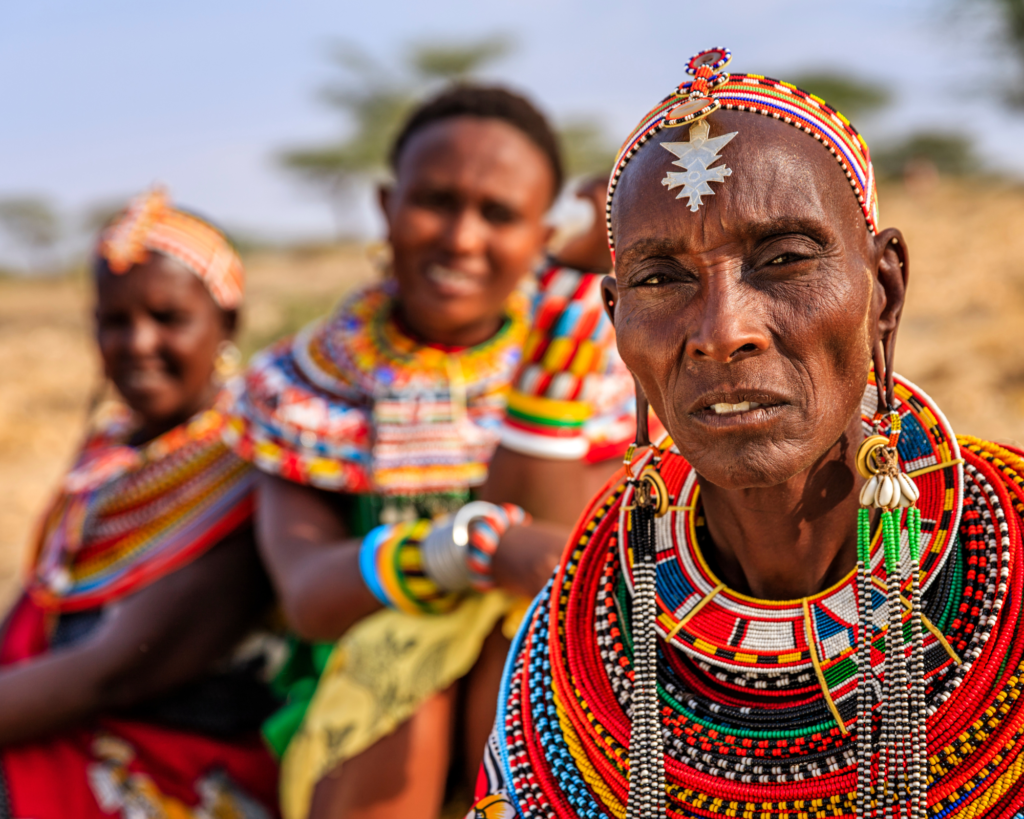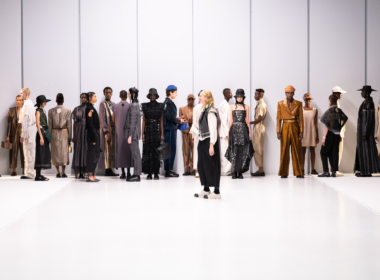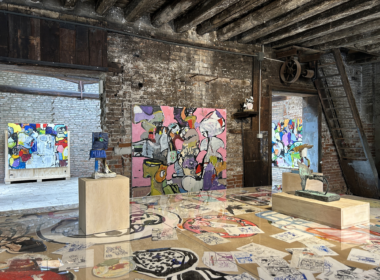“All you need is love… and some really nice beads”, a quote the Kenyan-based jewellery designer Adele Dejak loves to say, and guess what? We get it! One of the most beautiful things about fashion is how much it allows for diversity to be embraced and the rich traditions of different cultures around the world to be celebrated. One such culture that has left a lasting impression on the fashion industry is that of the Samburu people of Kenya. Their exquisite beadwork has been a passion among the people for years. This knowledge has been passed from generation to generation, with some of the designs being as old as 100 years yet remaining timeless. In this article, we’ll take a deep dive into the colourful and stunning Samburu beadwork, exploring its history, significance, and timeless jewellery pieces that continue to inspire designers and adorn people across the globe.
History of the Samburu Beadwork
The Samburu people are a semi-nomadic pastoralist tribe residing in the northern regions of Kenya. Beadwork holds a special place in Samburu culture. It denotes a number of things, such as one’s age, social status, wealth, gender, personal stories, and experiences. The significance of beadwork in Samburu society is profound, and their beadwork traditions date back centuries, way before Europeans arrived. Initially, traditional body adornment was made from seeds; ostrich eggshells were made into beads; and cowrie shells were stitched onto leather textiles.

The Samburu people often use small glass beads made in the Czech Republic for their beadwork. Their most preferred colours of beads to use include red, orange, yellow, turquoise blue, and black.
The Art of Samburu Beadwork
Samburu beadwork is a labour-intensive craft. Each bead is meticulously handcrafted and strung together to create stunning pieces of jewellery, belts, and headpieces. The beads are made from a wide range of materials, including glass, plastic, and ceramic, which are often sourced locally or traded with neighbouring tribes. The bead makers use a variety of beading techniques, including stringing beads with thread or wire, netting, and single-needle couching on leather. Their products include traditional broad collars using small-diameter wire, headdresses, bracelets, bangles, earrings, and key rings.

The bright and bold colours used in Samburu’s beadwork carry profound meanings. Red is a symbol of bravery and strength, while blue represents the sky and divine blessings. Green signifies the land and fertility, and white embodies purity and peace. The colours tell a visual story of the wearer’s life, status, and aspirations.
Some of the Samburu beadwork, such as necklaces, bracelets, headpieces, and belts, holds more significance. Take a look at some of them.
Timelessly Beautiful Samburu beadwork
- Necklaces: Samburu necklaces are a symbol of identity and belonging. They come in various styles and lengths, each with its own significance. The longer necklaces, adorned with a multitude of beads, are worn by young girls and signify their youth, purity, and readiness for marriage. Also, once a woman marries, her husband begins to stack up necklaces on her neck from time to time, and in a few years, there will be no space left for any more necklaces.

- Bracelets: Samburu bracelets are believed to protect the wearer from evil spirits. Many women stack them on their arms to create stunning patterns and showcase their beauty.
- Headpieces: The Samburu are known for their distinctive headpieces. These ornate adornments serve both aesthetic and practical purposes. The elaborate headpieces, called “ngirturkan,” are worn by women for special occasions and celebrations. They are designed with exquisite beadwork that often reflects the wearer’s social standing and family lineage.
- Belts: The Samburu beaded belts are a symbol of maturity and womanhood among the Samburu. Young girls wear simpler belts, while older women’s belts are elaborately decorated. These belts are worn proudly, symbolising their role as mothers and caretakers of the community.
How Timeless Has The Samburu Beadwork Been?
In recent years, Samburu beadwork has found its place in the global fashion scene. Designers from around the world have taken inspiration from the vibrant colours and designs of Samburu jewellery. This has led to a resurgence of interest in African fashion, particularly in the use of traditional beadwork in contemporary jewellery and clothing designs. Today, if you check a random bead seller’s merchandise in Africa, there is a high possibility that you will find a Samburu beadwork-inspired piece of jewellery there.

The Future of Samburu Beadwork
The future of Samburu’s beadwork is bright, as it continues to be a source of cultural pride and economic sustainability for the community. Samburu artisans are passing down their skills to the younger generation, ensuring that this beautiful craft thrives in the modern fashion industry. In addition to the traditional designs, contemporary adaptations and collaborations with fashion brands will play a significant role in bringing Samburu’s beadwork to the forefront of the global fashion stage. Stay up to date on the newest in the world of Fashion, Arts, Beauty and Lifestyle; Follow FAB on socials.
Conclusion
It is clear that these timeless jewellery pieces from Kenya are not just about fashion; they also depict a vibrant and resilient culture. The pieces of jewellery are a powerful reminder that fashion can be a bridge between cultures in society. So, the next time you don a piece of Samburu-inspired jewellery, remember that you are carrying with you the history and culture of the Samburu people, their enduring legacy, and their remarkable artistic traditions.
Related











